Explore Our Wildlife
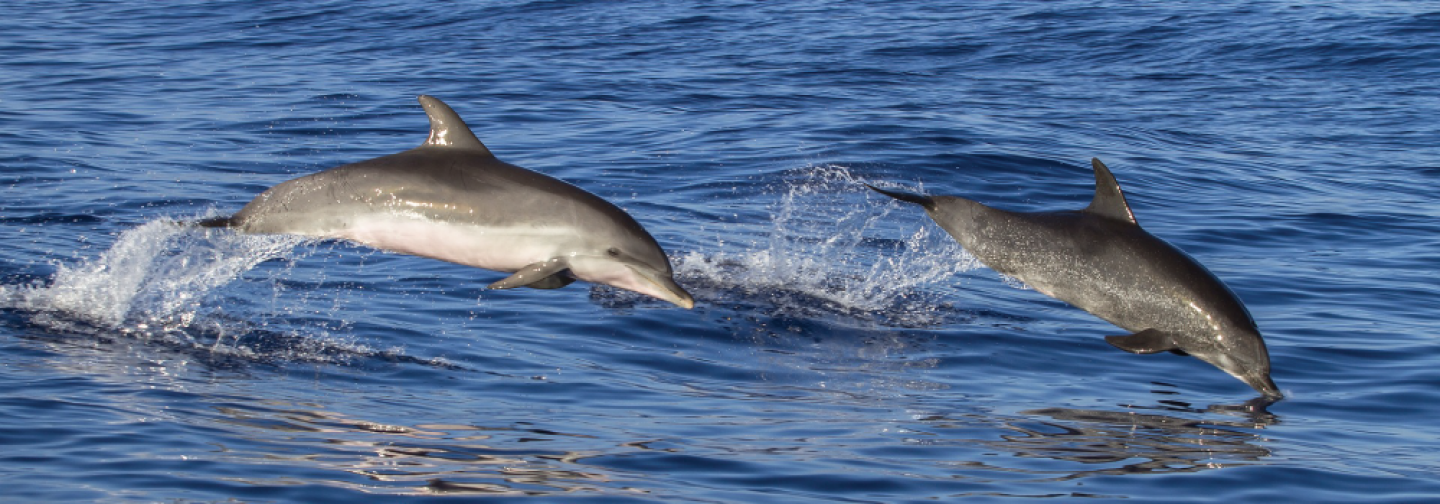
Charleston is coastal port city full of beaches, marshes, and freshwater rivers making it an oasis for a wide array of animal and plant species. You can sit and watch a variety of coastal birds soar over the vast marshes, stand on the pier captivated by dolphins diving in the horizon, and relax under the shade of a tall Palmetto Tree all in the same day. It is vital that we do what we can to take care of our beautiful eco-system to protect all the lifeforms that call Charleston their home. Below we have put together a list of some of the animals and plants you might encounter during your stay in Charleston. If you take any cool pictures of the island's wildlife or landscape please share them with us!
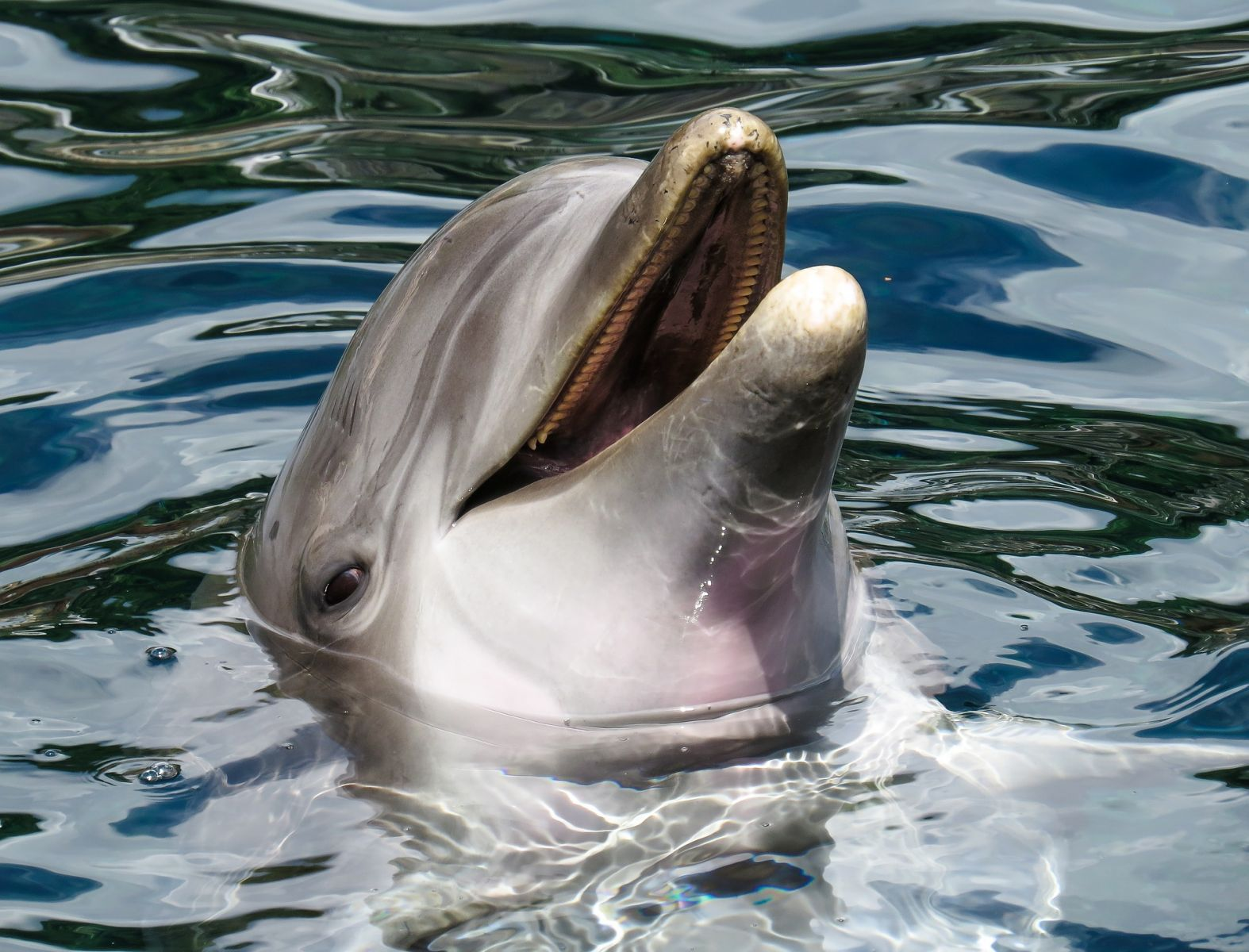 | BOTTLENOSE DOLPHINThe Bottlenose Dolphin is one of the most widely known dolphins. These mammals have a blowhole located on the top of their head, which they actually use to breathe air! The Bottlenose Dolphin is gray with an almost white underside. They are very hard to see when swimming in the water. These guys inhabit warm and temperate waters worldwide. When you are near the water keep an eye out for these playful creatures. |
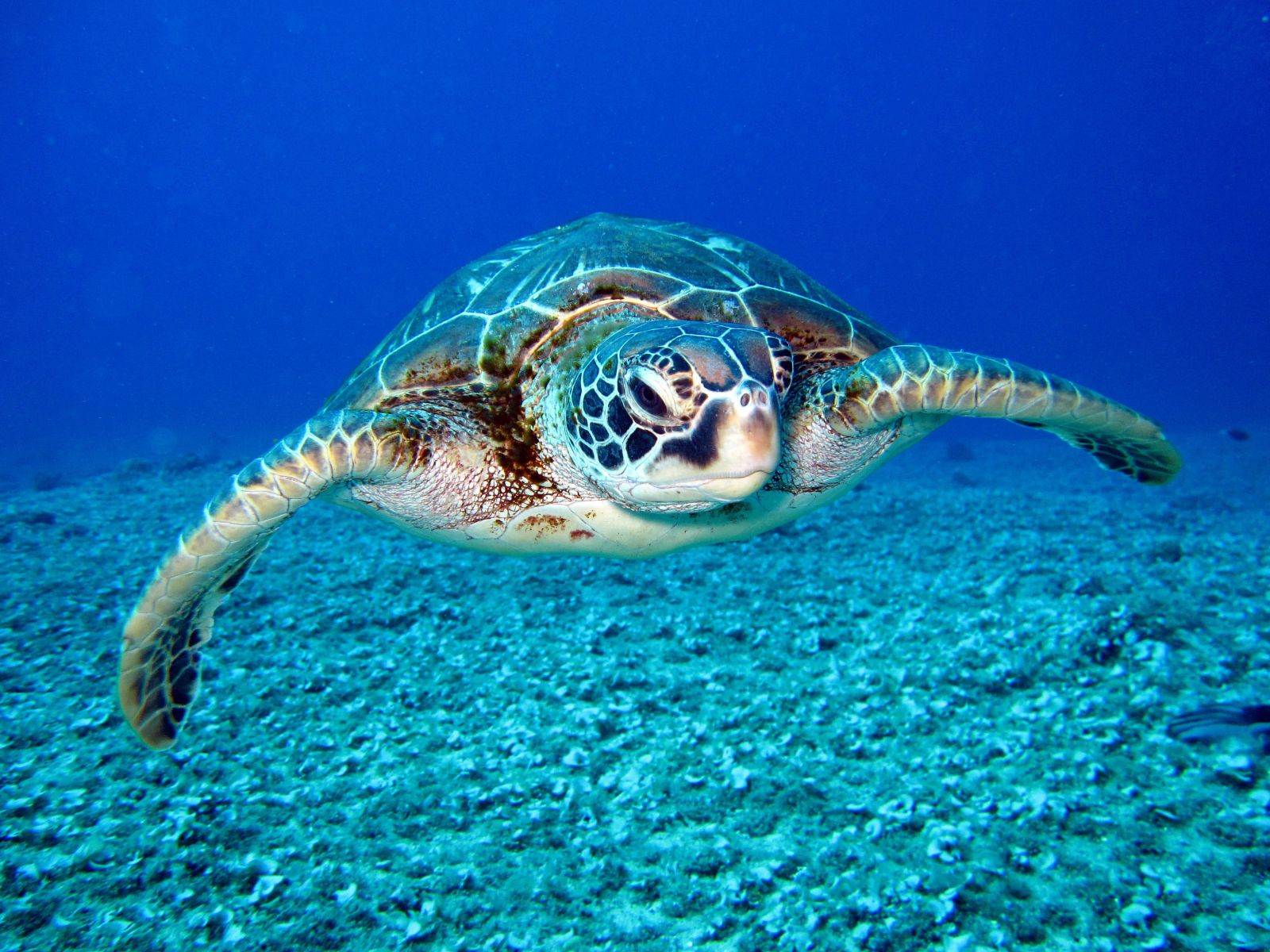 | LOGGERHEAD TURTLEThe Loggerhead Turtles are the living decendants of a group of reptiles that traveled the seas for the past 100 million years! That means that they were swimming the oceans back when Tyrannosaurus rexes were walking the continents. These ancient reptiles got their name because of their huge heads with jaws strong enough to crush hard-shelled prey such as clams and sea urchins. They are a vital part of maintaining marine ecosystems and keeping the coral reefs and sea grass beds healthy by providing sediment from the crushed shells. Reaching weights between 175-400lbs and lengths of up to 48in the Loggerhead Turtle is a massive species. Their shells are so large that scientists have found up to 100 animal and plant species living on their shells at a time. The Loggerhead Turtle's greatest threat is getting caught in fishing nets by fisheries and humans disrupting their nesting patterns. Every year the Loggerheads nest on the Charleston beaches and the baby turtles migrate at night into the ocean. If you see a turtle walking on the beach, or find a nest, please do not approach or disturb it. In addition, please turn off your porch lights at night because the light may cause the hatchlings to think it is daytime and not migrate to the ocean in time. |
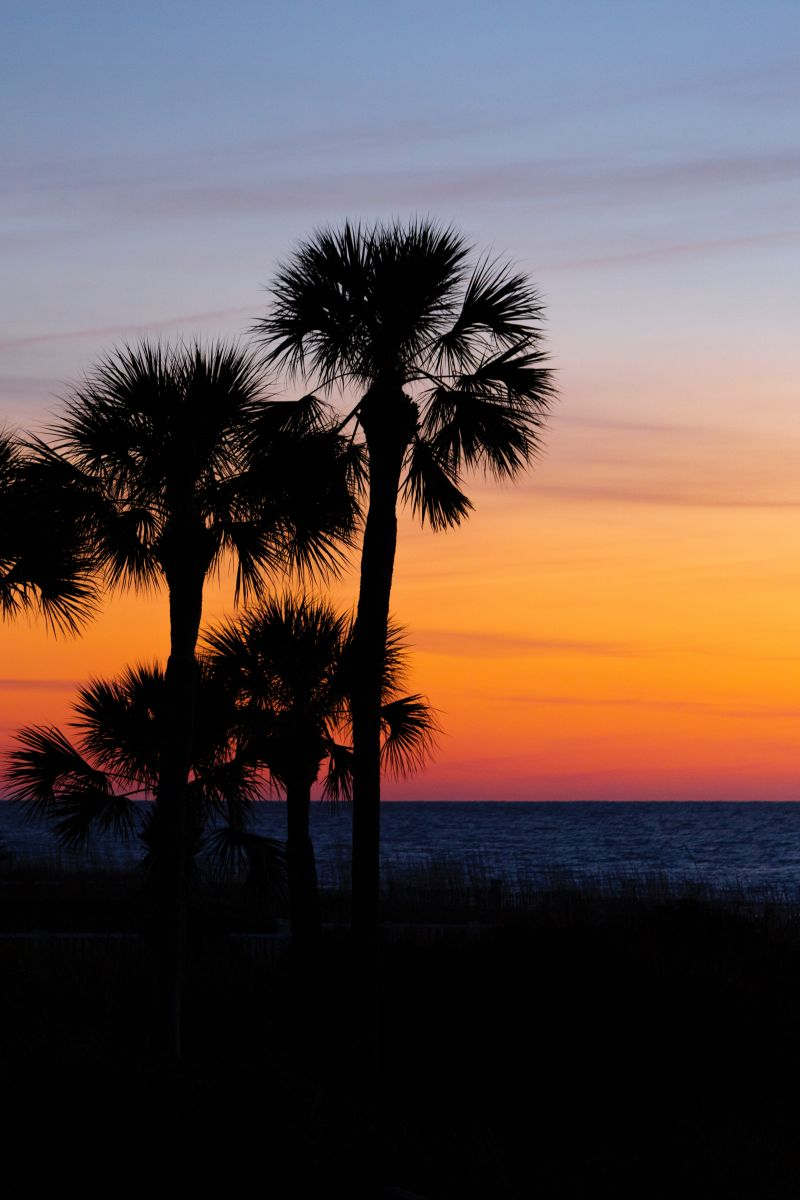 | PALMETTO TREEThe iconic Sabal Palmetto tree, also know as the Carolina palmetto, is the official state tree of South Carolina. This tropical plant is native to the southern United States, as well as Cuba, Turks and Caicos Islands, and the Bahamas. They usually grow between 30 and 65 feet tall. What's truley impressive about these trees is their tough, fibrous trunks which have the strength to endure massive hurricanes. According to early United States legends, they can even withstand cannonballs. During the 1776 Revolutionary War battle at Sullivan's Island the British attacked the coast with cannons from their ships. At that time the US military had not finished building the fort and were left vulnerable. However, to the surprise of both the US and British troops, the palmetto logs were able to absorb the impact of the cannonballs and protect the soldiers. In tribute to this battle, the Palmetto tree was added to the state flag in 1860 and still there to this day. |
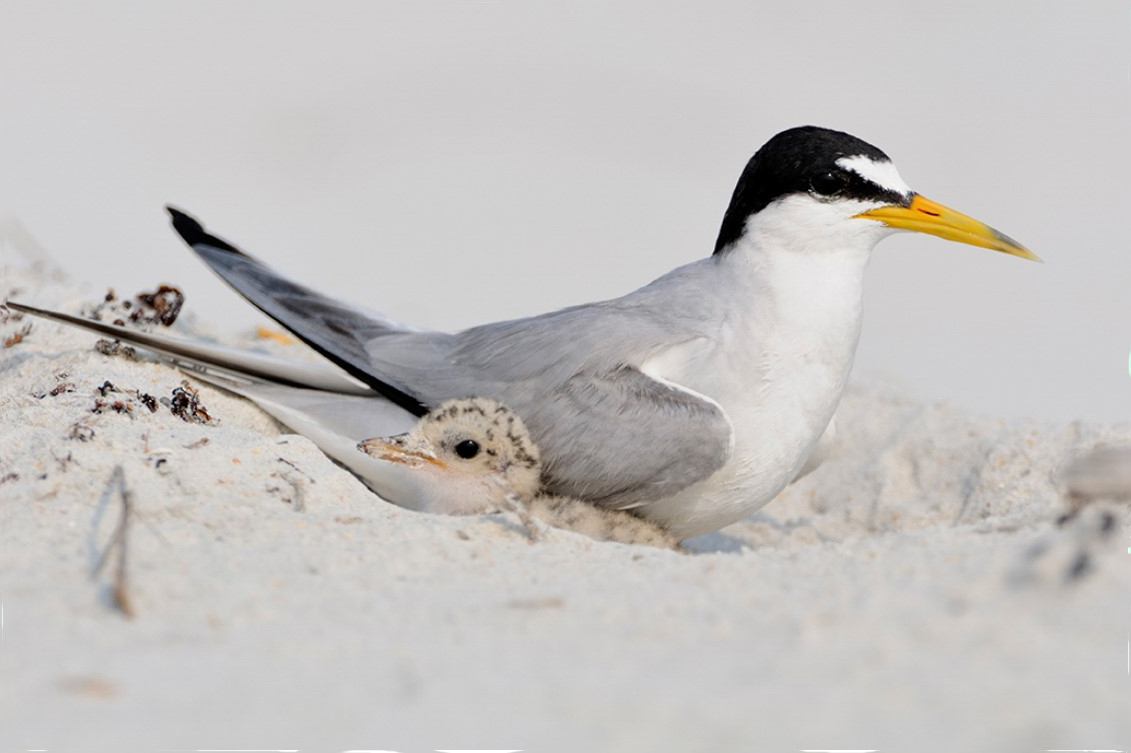 | LEAST TERN
These tiniest of terns are only in South Carolina during the summer. Their small size and black-tipped yellow beaks are easy ID markers. Least Tern are a State Threatened seabird that naturally nest in the beach in small shallow "scrapes" in the sand. They are colonial nesting birds meaning that they like to nest in groups. Colonies need to be undisturbed - frequent distractions can easily lead to chick deaths. They have taken to nesting on gravel rooftops because there aren't enough suitable beach nesting areas left that haven't been developed or covered with beachgoing people and dogs. Least Tern occasionally attempt to nest on Isle of Palms but have often failed and moved on to find a different nesting site in the past. In the past 4 years, since Audubon SC has moved to the coast, we have worked with local people and governments to make these once thriving islands into suitable nesting areas whenever possible. 2019 has seen the appearance of both rooftop and beach colonies on Isle of Palms. Least Tern lay 2 eggs on the sand, and after about 25 days, the young hatch and are able to walk. In 22 more days the chicks can fly. People and pets look like dangerous predators to nesting Least Tern and will cause them to fly off of their nest. This leaves the eggs and chicks vulnerable to predators and the hot summer sun. Without Mom and Dad shading the eggs, they can overheat and die. Please keep your distance from posted areas. Least Terns will protect their nests by dive-bombing and occasionally pooping on people and dogs that get too close. If you witness this behavior, it is important that you back away and email our friends at Audubon South Carolina. Eggs are small, hard to see, and easy to step on. Likewise, if you suspect that a rooftop has a large number of small white birds with yellow bills frequently spending time on a rooftop, email Audubon South Carolina and they will evaluate it. |


 800.707.6421
800.707.6421